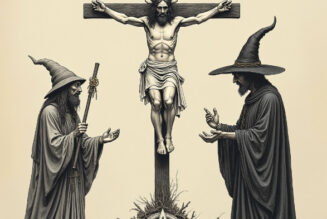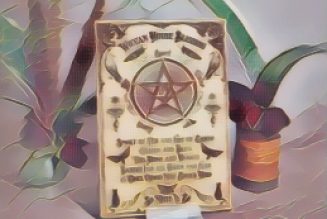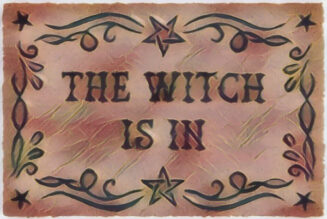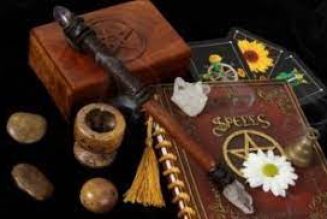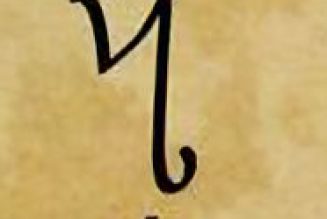Babylonian Devil traps, also called incantation bowls, are fascinating artifacts from the ancient Near East. They give us insight into the spiritual and magical beliefs of that time.
These bowls were made from terra-cotta and covered with detailed magical texts or charms. Their main purpose was to protect people and homes from evil spirits and harmful forces.
The use of Devil traps was most common between the third century BCE and the sixth century CE, especially in Mesopotamia. People from many backgrounds—Babylonians, Persians, Jews, and others—used them to guard against supernatural threats.
When Hebrews were held captive in Babylon, they adopted this practice and combined it with their own religious traditions, creating a unique blend of magic and faith.
Typically, the bowls were placed upside down and buried under the four corners of a building’s foundation. Sometimes, they were also put in courtyards or at doorways to form a barrier against demons, illness, curses, and the evil eye.
The inscriptions on the bowls were written in Aramaic, Mandaic, or Hebrew. They often called upon the names of God, angels, or biblical figures, and sometimes included direct quotes from Hebrew scriptures.
A typical inscription might say, “Bound are you, all evil spirits and demons, by the mighty name of the Lord. Depart and trouble this house no more.”
One notable example from the third century BCE even issues a “bill of divorce” to the Devil and his night monsters, formally expelling them and ending any claim they might have.
Rituals performed with these bowls could include prayers, burning incense, or reciting incantations. These actions were meant to activate the bowl’s protective power.
Today, Babylonian Devil traps remind us of the lasting human need for safety, resilience, and spiritual protection against unseen dangers.















